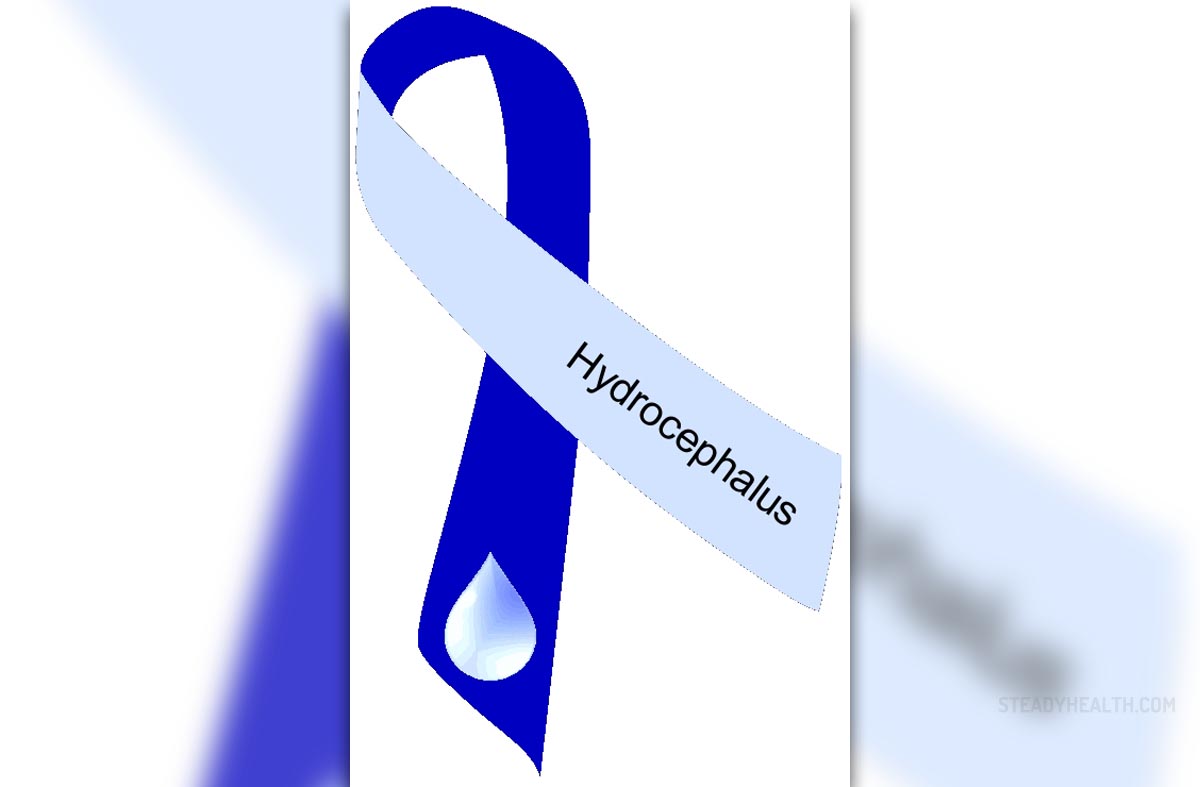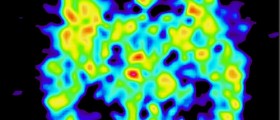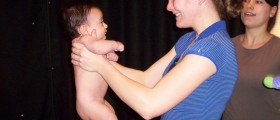
Hydrocephalus is a condition that features with excessive amount of cerebrospinal liquor inside the brain to be more precise inside brain ventricles. Accumulation of cerebrospinal liquid leads to expansion of ventricles and pressure onto the surrounding brain tissue. Additionally intracranial pressure rises and it leads to variety of complications.
There are congenital and acquired types of hydrocephalus. The first one is a consequence of abnormalities during intrauterine growth and the second one occurs after the child's birth. Additionally this condition can be classified as communicating and non-communicating. Unlike communicating hydrocephalus which blocks in flow of cerebrospinal fluid occurs after it has left the ventricles in case of non-communicating hydrocephalus blockage happens due to obstruction within the very ventricle.
The real cause of this condition is unknown. It can occur because of the inherited anomalies or due to premature birth.
The symptoms are different in patients. This happens since not all the people can tolerate the condition the same way. Additionally, people of different age present different signs and the progress of the disease reflects onto the symptoms. Simple example is newly born baby. Its head bones have not grown together completely yet so the bones can separate and allow the brain with its membranes to protrude through space between skull bones. After a year of life baby's skull bones completely grow together and stick one to another without any chance of separating. In this case the symptoms will be more severe as there will not be a factor of compensation. Increased intracranial pressure will then leads to vomiting, seizures and sometimes coma. So infants present obvious sign of the disease which is enlargement of a head.
The diagnosis is set after neurological examination and CT scan or MRI of the head.
Yes there is appropriate treatment of this condition. The surgical procedure which includes insertion of shunt system is an option. This system helps in elimination of extra cerebrospinal liquid to other compartments of the body such as peritoneum. There excessive fluid can be absorbed and returned back to the circulation. Shunt is nothing more but a tube. One side of this tube is inserted into the ventricles and the other in peritoneum. Apart from abdominal cavity the ending of the shant may be inserted into the heart but this is rarely done. The regurgitation of the cerebrospinal fluid is incapacitated by valves within the shant.
Only small amount of people can be treated with so called third ventriculostomy. This procedure includes making of a miniature hole in the floor of the third ventricle. This hole makes it easier for cerebrospinal fluid to come to the place of resorption.

















Your thoughts on this
Loading...